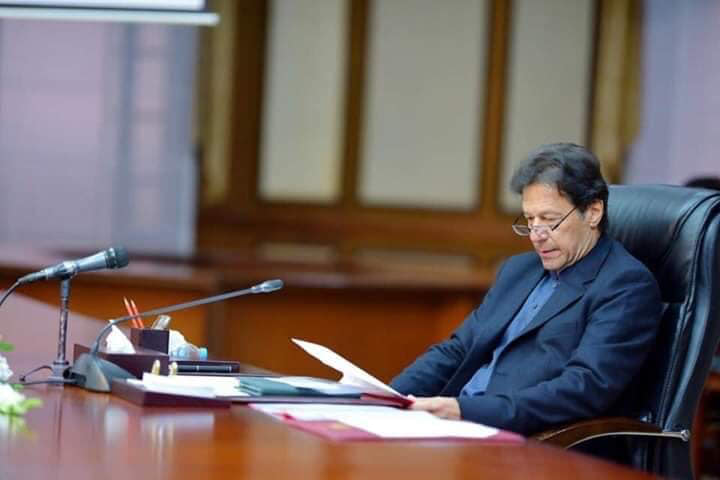ISLAMABAD: The speakers at a conference on ‘Debt issues of Pakistan’ said that country’s debt stood at Rs 19 trillion, as long as the returns exceed the cost, debts and loans could lead to many growth opportunities.
Quaid-i-Azam University (QAU) Vice Chancellor Dr Javed Ashraf expressed these views in his inaugural address. The real question was how the loans were being used. The conference was organised by the Islamabad Policy Research Institute (IPRI).
IMF, which has become an ugly word in Pakistan, has only asked Pakistan to cut subsidies; to spend responsibly; cut fiscal deficit; and improve tax base, he said.
There is nothing wrong in following the IMF guidelines about generating own revenues; and carefully examining the proper use of borrowed funds, he added.
Islamabad Policy Research Institute (IPRI) President Ambassador (r) Sohail Amin, in his welcome address, shared that the pernicious combination of absence of tax paying culture in the country, economic burden of the war on terror and inflation are the major hurdles restraining the government from dealing with the issue of debt accumulation.
Pakistan’s economy has made significant progress towards strengthening macroeconomic and financial stability and resilience as in August this year, the International Monetary Fund (IMF) has cleared payment to Pakistan of $102 million tranche in a $6.4 billion three-year programme, he said.
However, the present and future debt situation of Pakistan demands proper attention and management, he added.
The IPRI president recommended that in order to keep the debt within manageable limits and to reduce the country’s vulnerability to external shocks, there is an urgent need for developing a long term and comprehensive debt strategy based on the principle of self-reliance and better macro-economic management.
Prof Dr Eatzaz Ahmed, Director International Institute of Islamic Economics (IIIE), was of the view that, while Pakistan’s current debt situation is not as grave as it was few decades ago, however, if it does turn into a crisis, it will impose greater burden on citizens, given additional complications such as circular debt and deteriorating institutions and lack of trust in political leadership whether in power or in opposition.
In his simulated models for the future, even miniscule changes can lead to major changes given past debt trends, for example, Pakistan’s external debt at 42 percent could grow, but internal debt of 48 percent may remain stable, he informed.
If tax revenue increases by even one percent, external debt will decline and come down to 19 percent in 30 years, he said.
However, increasing tax revenue is the key, while cutting government spending can also have an impact on debt, he added.
Prof Ahmed said the capital output ratio is higher in public sector, so it should be relieved of certain public sector enterprises like the PIA, which will increase productivity adding the current debt burden of Pakistan seems to be sustainable, any major unfavorable external shocks such as decrease in the flow of foreign remittances due to expected recession in oil exporting Middle East can alter the equation in a fundamental way.
Dr Usman Mustafa, professor and head of department of Business Studies, Pakistan Institute of Development Economics (PIDE), was of the view that a rapid escalation of public debt and resultant increase in debt burden in Pakistan was due to fiscal indiscipline, extension of subsidies, increase in security related and natural disasters expenditures and policy inaction in key sectors.
He pointed out that debt management in Pakistan is not an integrated part of macroeconomic policies, and floating debt occupies majority share in our domestic debt stock compared to permanent one. Ironically, borrowed funds are not used optimally, he said. Debt is not a local or national issue rather it has become a global concern, he added.
He briefly highlighted best practices from other countries such as Colombia and Indonesia, which strengthened its institutional framework for sound public debt management; as Kenya developed a sequenced reform plan; and Armenia’s plan of broader borrowing choices.












